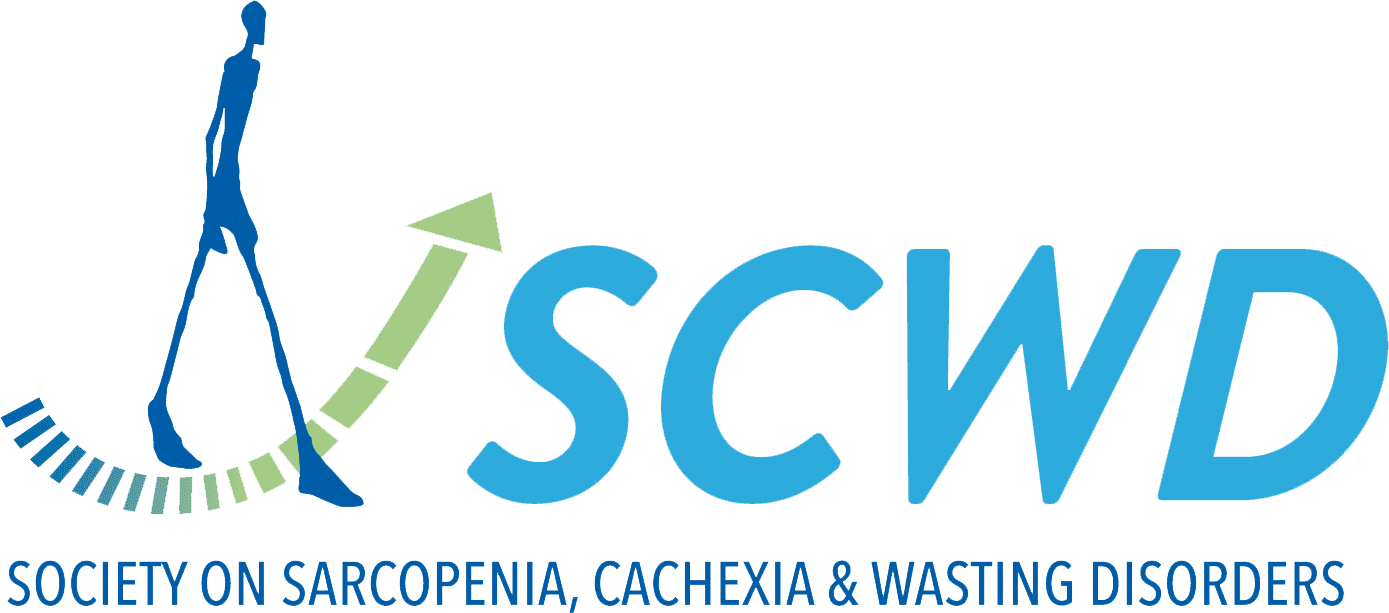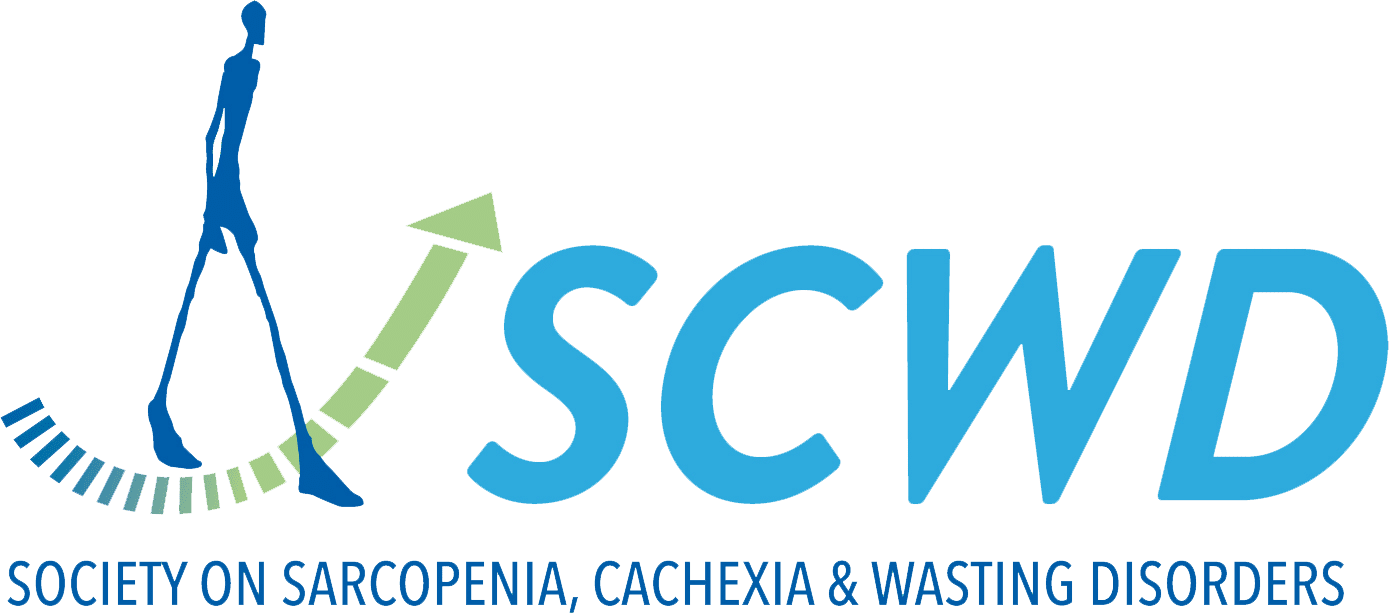EyaHOST, a modular genetic system for investigation of intercellular and tumor-host interactions in Drosophila melanogaster.
Studying intercellular and interorgan interactions in animal models is key to understanding development, physiology, and disease. We introduce EyaHOST, a system for clonal combinatorial loss- and gain-of-function genetics in fluorescently labeled cells under QF2-QUAS eya promoter control. Distinct from mosaic...


